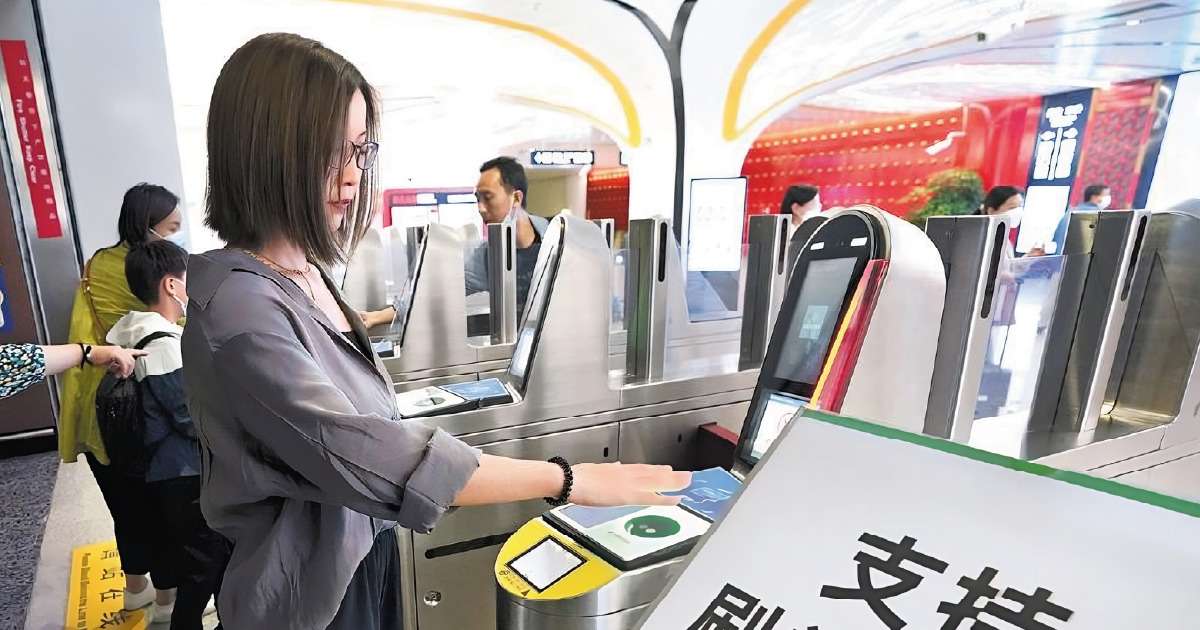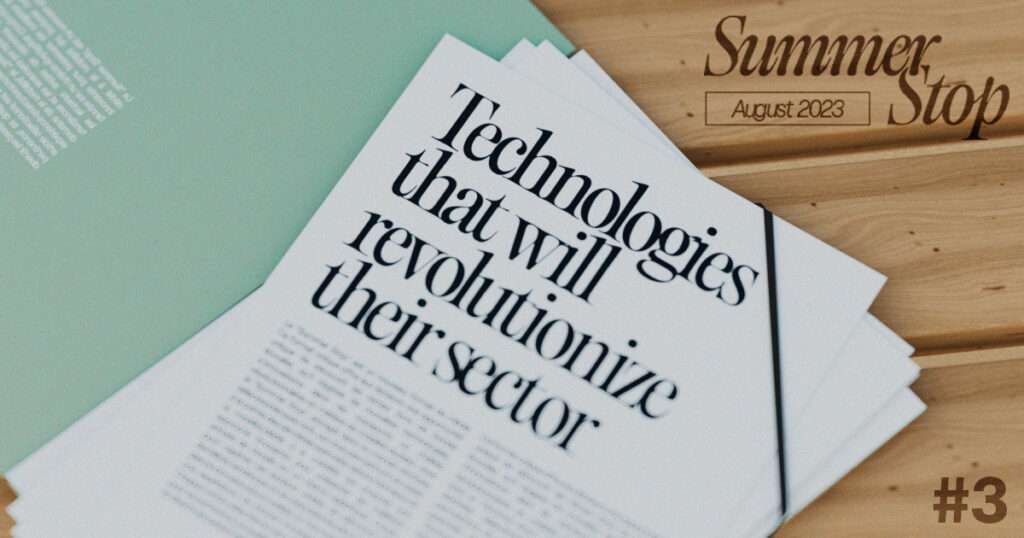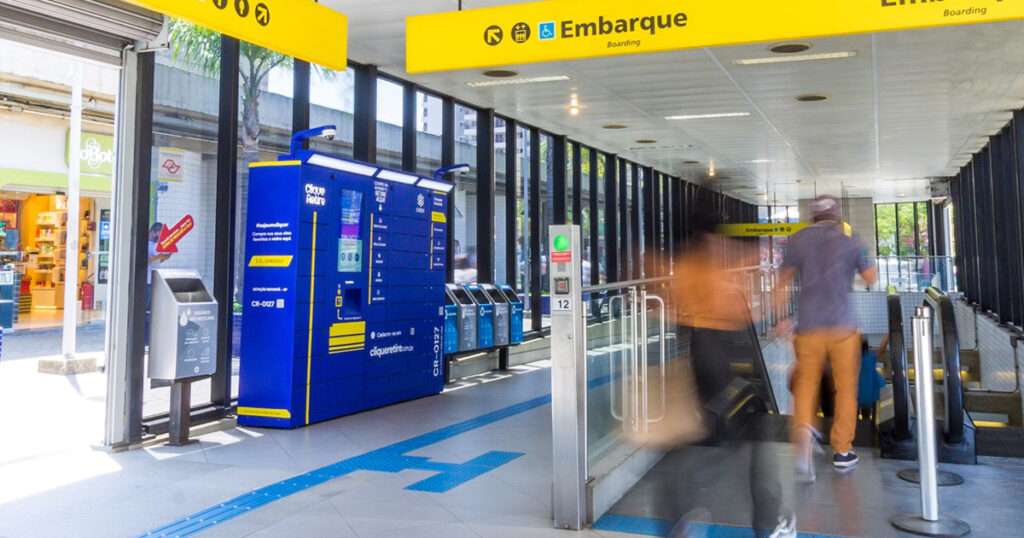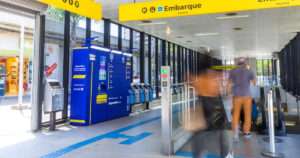In the ever-changing transit sector, a discreet but profound revolution is taking place. A world in which extending the palm or smiling becomes the key to a reinvented transport experience. This is the promise of PALM PAY and FACE PAY. A technological feat that is now synonymous with a smoother, more secure and more customized transport experience. These cutting-edge and bespoken contactless ticketing solutions are gradually attracting growing interest from public transport networks. As demonstrated by this article highlighting the benefits and successful use cases of such a biometric revolution…
An infallible shield against fraud…
From our fingerprints to facial recognition for unlocking our smartphones, biometrics is emerging as a revolutionary digital key. It’s an authentication system that offers multiple advantages. To begin with, it guarantees a promise of enhanced security. Less prone to fraud, biometrics enables forgery-proof identification and authentication, based on physiological measurements specific to each individual.
Among the most widely used is FACE ID, characterized by facial features. Biometric identification is gradually being replaced by PALM ID and HEART ID. Two technological advances based on palm vein patterns and heart rate respectively.
This innovative system analyzes heartbeats and processes the data like an audio file or music, thanks to a powerful algorithm. Connecting a smartwatch to an application using the algorithm, for example, would suffice to establish a cardiac biometric signature for the wearer.
TRUST MY SCIENCE
The gateway to more efficient journeys
However, beyond the safety aspect, it radically transforms the way users interact with the mobility offer. Just imagine walking up to a metro station. Hold out the palm of your hand to a discreet scanner, and instantly be authorized to board. An enhanced experience making journeys smoother, faster and more hassle-free.
An application enabling operators to improve both transport efficiency and user satisfaction. It creates an almost intuitive connection between the user and the transport network, placing personalization at its heart. A customized offer that automatically adjusts the cost of each trip according to the user’s interactions and habits. A key feature of a Be-In Be-Out (BiBo) ticketing system.
Jakarta train: The latest illustration of FACE PAY
Among the cities leading the way are Moscow and, more recently, Jakarta. Since last June, Jakarta has been testing a facial recognition system in seven major train stations. This new service means that passengers don’t have to show their ID card or ticket.
This enhanced travel experience is in partnership with public airport operator PT Angkasa Pura (AP) and public rail service provider PT Kereta Api Indonesia (KAI). Enhanced commodity following the government’s commitment to deploy a “Digital Public Service Mall”.
A single digital account gives access to different services nationwide. All through a single account accessible from a single mobile application. This new standard echoes the June 2022 launch of the MaaS solution for JakLingko, Jakarta’s public transport network. An intermodal super-app deployed in less than three months and voted the best intelligent ticketing solution.
Beijing Metro: A pioneering PALM PAY system
Offering greater reliability and efficiency, PALM ID is one of the most accurate biometric identification technologies in the world. Each person has a unique pattern of veins in the palm of his or her hand. A peculiarity that seems to have convinced a subway line in Beijing. Namely, the automated subway that links the Chinese capital to its Beijing Daxing International Airport.
Indeed, since last May, Beijing Subway has deployed a palm biometrics system, in partnership with the famous WeChat super-app. The concept is simple. Users are able to take the train after scanning and uploading their palm prints at the ticket machine. The fingerprint is then linked to their personal phone number and ID via the WeChat Pay mini-program.
Let’s see if these use cases are adopted by other public transport operators… Knowing that biometrics doesn’t seem to have unanimous support. As illustrated by the civil lawsuit against Companhia do Metropolitano de São Paulo (METRO)…





